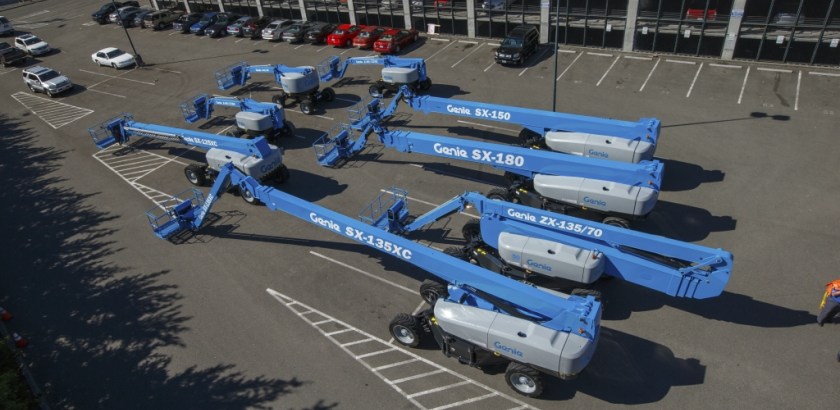How Residual Values Impact Your Rental Business
by Ken Doan - Genie Regional Sales Manager On Apr 19, 2018, 03:00 AM
Subscribe To Aerial Pros
Filter by tags
Rental is a business driven by numbers. When discussing purchasing and operating rental equipment, rental return on invested capital (rROIC) are the numbers you focus on. Factors that can influence the rROIC of your equipment include the purchase price, freight, warranty, parts availability and so on. With all of those factors to consider, the simplest way to quickly calculate rROIC is:
rROIC = Rental Rate x Utilization ÷ Acquisition Cost
As a rental store owner, you are a savvy business person. You don’t want to just know how to make money on the equipment you have while you own it; you want to know how to make money on the equipment when you sell it too. To do this, you add in another consideration — the equipment’s residual value, or the fair market value in a secondary market after the equipment has fully depreciated.
Whereas the traditional rROIC calculation only takes into consideration the acquisition cost of a machine (determined by the manufacturer) and cost of ownership (how much will be spent on parts, 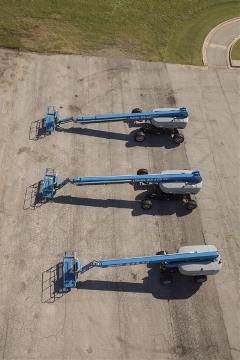 warranty, etc.) compared to the rental rates (established by local market conditions), residual value calculations are impacted by the equipment’s longevity in the field (i.e. How many years will it be able to perform the work effectively and efficiently?). Another factor is how the used equipment market values your machine. Machines with higher residual value do well in the secondary markets.
warranty, etc.) compared to the rental rates (established by local market conditions), residual value calculations are impacted by the equipment’s longevity in the field (i.e. How many years will it be able to perform the work effectively and efficiently?). Another factor is how the used equipment market values your machine. Machines with higher residual value do well in the secondary markets.
And, did you know that your equipment’s residual value will also influence your financing rates and your rental store’s ability to borrow money? The higher a machine’s residual value, the more valuable it is to your fleet — and more valuable to your store’s bottom line — while you own it.
Simply put, it is the cost of your equipment exit strategy. It answers the question: How much is the machine worth to your business once you are done with it?
There are three ways to determine residual value:
- Forced liquidation value — The value of the piece of equipment at auction.
- Orderly liquidation value — The value of the piece of equipment when you are not forced to take auction pricing; you have time to take offers and accept the highest bid.
- Fair market value — The value of equipment in the used equipment market as determined by 3rd party sources such as Rouse, which review historical data to recognize trends and track rental rates, auction values and total cost of ownership over time.
In all three situations, the residual value of the equipment is influenced by:
- The perceived quality of the machine — what brand is it, what condition is it in, how well has it been maintained, who previously owned it, how many hours on it, what technology or accessories does it include, etc.
- The perceived support of the equipment brand — the manufacturer’s after-sales solutions, including parts, aftermarket accessories, warranty, training, distributor network, etc.
- How well the equipment is accepted in the industry — can it be used globally, does it meet local standards, is the brand well-known the local market, does the brand have a good reputation, etc.
A general rule of thumb is that equipment depreciates 20% in the first year of ownership and 10% every year following that you own the machine. For booms and telehandlers, a unit is typically owned for seven years you consider selling it; for scissors, a unit is typically owned for five years before it you consider selling it. That means over the lifetime of the equipment, a machine’s residual value will be approximately 30-50% of the unit’s original value.
When a machine has a good residual value over time, it becomes worth more in the market. This translates to competitive acquisition pricing for premium brands, a larger audience to sell your equipment to in the secondary market and a higher resale value.
Considering the equipment’s age, depreciation rate and total cost of ownership are also factored into residual value, a more complete way to calculate rROIC is with this equation:
rROIC = (Rental Rate x Utilization) – (Maintenance + Repair Costs) ÷ Acquisition Cost – Residual Value
So, how does residual value impact your rental business? The higher a machine’s residual value, the better the rROIC you will realize. It’s all about numbers.
Related Posts
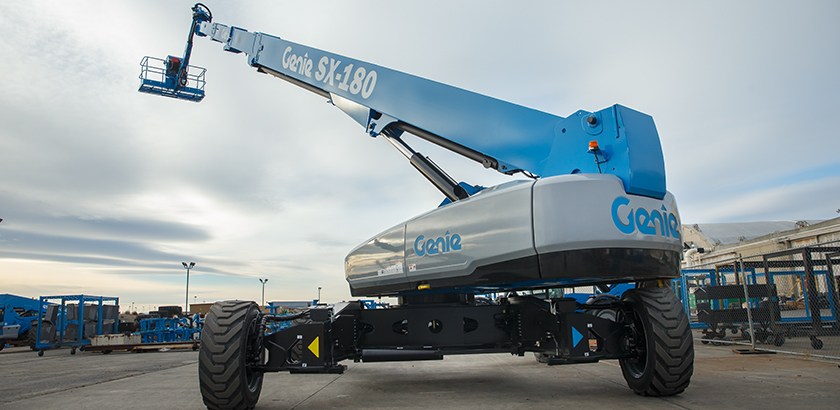
rROIC For Rental Stores
No matter if you are a large or small rental house, public or private company, new to the industry or have been serving aerial markets for as long as Genie has been, when you are reviewing your return on invested capital (ROIC) you have the same cost-of-ownership considerations as the competition: Price, freight, availability, maintenance and repair costs, to name a few.
Continue Reading
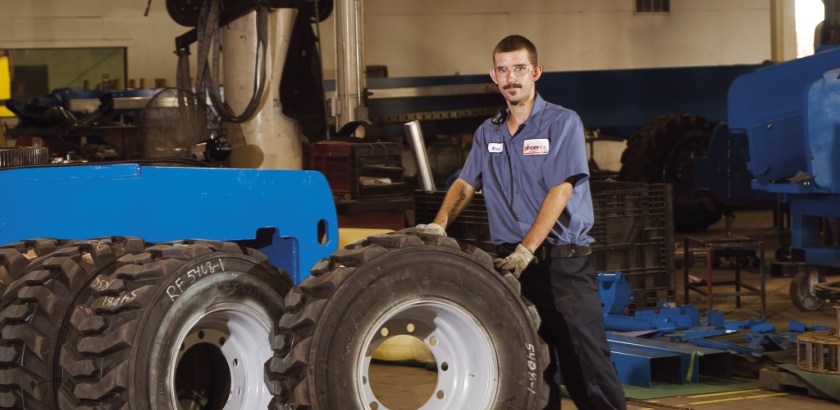
How our Manufacturing Practices Influence your rROIC
Our goal at Genie is to produce industry-leading aerial lift equipment designed and built to maximize machine uptime and provide the highest rental return on invested capital (rROIC) to our customers.
Continue Reading
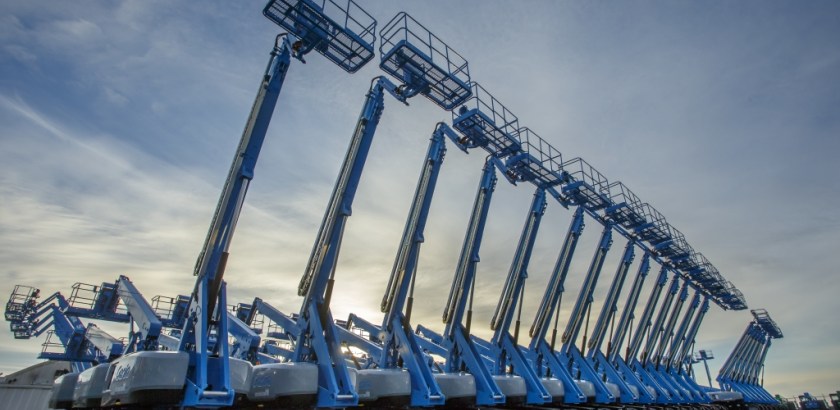
Innovation through rROIC
As a leader in the aerial equipment industry, we are always looking for ways to continue “Building the Future.” It’s more than our 50th anniversary slogan; it’s how we do business.
Continue Reading


